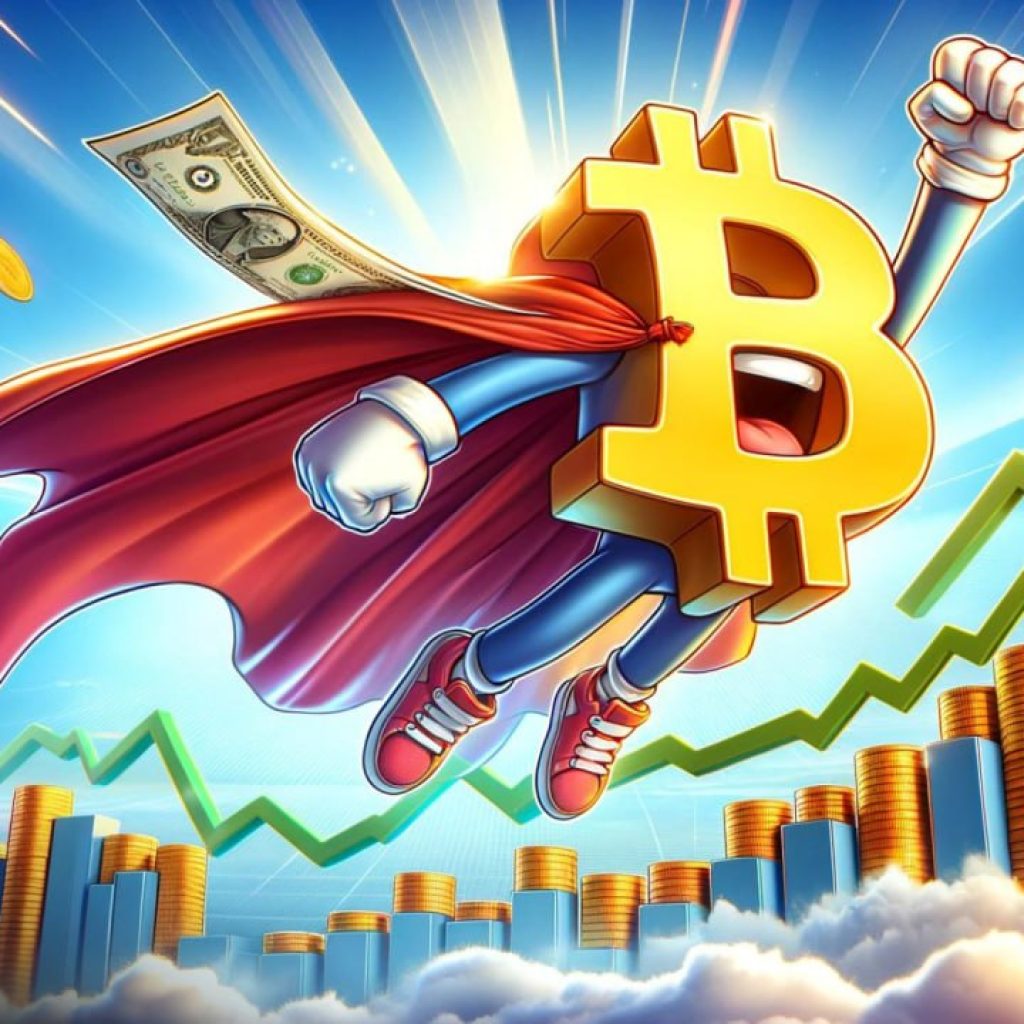It’s human nature to assume that it was the only possible outcome just because history played out a particular way. The reality, of course, is that our present lives are shaped by conflicts, creations, and calamities that were anything but inevitable. Bitcoin is the perfect case in point. While someone was bound to create a decentralized currency that worked at some point, it didn’t have to be Satoshi or Bitcoin.Crypto may be a multi-trillion dollar asset class today, but it could have all been so very different. In Bitcoin’s early days, the future of the fledgling crypto network was anything but assured when its survival was predicated upon that of a handful of developers, not least Satoshi himself. So how did we get here, and what changed for Bitcoin to go from being a bold experiment to a legitimate asset class?
From Zero to One
The story of cryptocurrency, from its early days as a niche experiment to its current status as a mainstream asset, is one of technological innovation, financial upheaval, and shifting perspectives. What began with the creation of Bitcoin in 2009 as a decentralized alternative to traditional money has since evolved into a multifaceted ecosystem encompassing digital assets, decentralized finance, and institutional adoption. Along the way, influential figures and major events including the COVID-19 pandemic have played a role in moving Bitcoin in from the fringes to the center of the global financial system.
Bitcoin emerged in the aftermath of the 2008 financial crisis as a response to the shortcomings of centralized financial institutions. Its pseudonymous creator envisioned a world where individuals could transact directly with one another, free from intermediaries and its early adopters saw Bitcoin as a tool for financial sovereignty, but it was far from mainstream. Volatility, skepticism, and limited use cases kept it on the fringes of finance.
For years, Bitcoin and subsequent cryptos were dismissed by traditional investors and institutions as a speculative bubble or technological curiosity at best. However, as the blockchain technology underpinning these assets proved its resilience and broad utility, attitudes began to shift.
Turning Converts Into Evangelists
Many of those we associate with being Bitcoin bulls today, including Michael Saylor, Elon Musk, and Donald Trump, were once hesitant about crypto assets. They either dismissed Bitcoin out of hand or, in Trump’s case, directly trash-talked it. Anthony Scaramucci, founder of SkyBridge Capital and former White House communications director, exemplifies the changing perspective of influential figures. Once skeptical of Bitcoin, Scaramucci has become a vocal advocate for its potential as a store of value and a solution to systemic issues in the financial system.
In a recent podcast with Farzam Ehsani, CEO of VALR, Scaramucci explored Bitcoin’s role in addressing challenges such as U.S. debt and monetary policy. He emphasized the importance of education in overcoming misconceptions about crypto and highlighted the shift among traditional investors who now see Bitcoin as a credible component of a diversified portfolio. As the world has grappled with economic uncertainty, exacerbated by the COVID-19 pandemic and subsequent geopolitical tensions, influential voices from finance, politics, and technology have been forced to reassess the value proposition of cryptocurrencies. Scaramucci is not alone.
Forged in Fire
The COVID-19 pandemic marked a pivotal moment in the mainstreaming of cryptocurrency. As governments implemented unprecedented monetary stimulus to combat economic fallout, concerns over inflation and currency devaluation took center stage. Bitcoin, with its fixed supply of 21 million coins, gained renewed attention as a potential hedge against inflation – a role traditionally played by gold. Bitcoin was forged in fire, launching in the wake of the 2008 financial crisis, and it was only appropriate that it should come of age in the next major economic event to shake the world.
Slowly, institutional investors began to take notice. Firms like MicroStrategy, Tesla, and Square made headlines by allocating portions of their balance sheets to Bitcoin. These moves signaled a shift in perception, with Bitcoin no longer viewed solely as a speculative asset but as “digital gold.” At the same time, the rise of decentralized finance demonstrated the broader capabilities of blockchain technology, from lending and borrowing to yield farming and asset tokenization.
Slowly Then All at Once
Crypto’s transition from magical internet money to mainstream financial asset has been 15 years in the making and it’s entailed plenty of setbacks along the way. From punitive regulators to shady industry operators, Bitcoin has had its share of bad publicity, both warranted and unwarranted. But its believers – first the tech geeks, and the mainstream investors and then the suits – have provided the financial and vocal backing to elevate Bitcoin from fringe currency to a universal store of value.
Along the way, the entry of major financial institutions like Fidelity, BlackRock, and PayPal into the crypto space has helped to lend credibility to digital assets. The approval of the first Bitcoin ETFs in early 2024 was the culmination of this trend, but there were plenty of innovations that had to be lain in the preceding years for this to happen, from more robust compliance for crypto exchanges to better custodial solutions.
Blockchain networks have also become more scalable, efficient, and secure while the emergence of L2s and cross-chain interoperability have expanded the range of applications for cryptocurrencies. DeFi has evolved to incorporate new use cases and verticals, from RWAs to AI. All the while, macroeconomic factors, including fiat inflation and low interest rates, have driven interest in Bitcoin and other cryptos as an alternative store of value.
Crypto Today: A Multifaceted Ecosystem
Today, cryptocurrency is more than just Bitcoin and Bitcoin is more than just cryptocurrency: it’s transcended its original limitations to become a multi-purpose asset that works for everyone. Whether you’re trying to save for the future, send money cross-border, or earn a yield on your digital holdings, BTC and other cryptocurrencies are up to the task.
As the value of Bitcoin and cryptocurrencies continues to grind higher, and everyone from presidents to Wall Street CEOs signals their support, it’s instructive to ponder what else is left to achieve. It’s already won over the naysayers and assuaged the fears of the skeptics who dismissed it as a bubble or fad. What else is left to be achieved?
One outcome of crypto’s rise has been in reshaping financial markets, prompting governments and regulators to respond more rapidly to emerging tech. In response, regulators are working to establish frameworks that balance innovation with oversight. The development of central bank digital currencies (CBDCs) is just one example of how governments are adapting to the crypto era, seeking to harness blockchain technology without ceding control of money issuance.
The journey of cryptocurrency from inception to its current status as a legitimate asset class is a testament to its resilience. There were plenty of times, particularly near the start, when everything from major bugs to the fall of major figures, threatened to put a spanner in the works before Bitcoin had gotten up to speed. But its early believers refused to give in, persevering even as the world’s press were writing Bitcoin’s umpteenth obituary.
Bitcoin may have won. But it could all have been so very different were it not for the support of the OG miners, the latecomers, the institutions, and the maverick CEOs. Whether early or late to the party, everyone who’s ever bought Bitcoin has played their part elevating it into the mainstream financial asset it is today.
Disclaimer: This article is provided for informational purposes only. It is not offered or intended to be used as legal, tax, investment, financial, or other advice.





